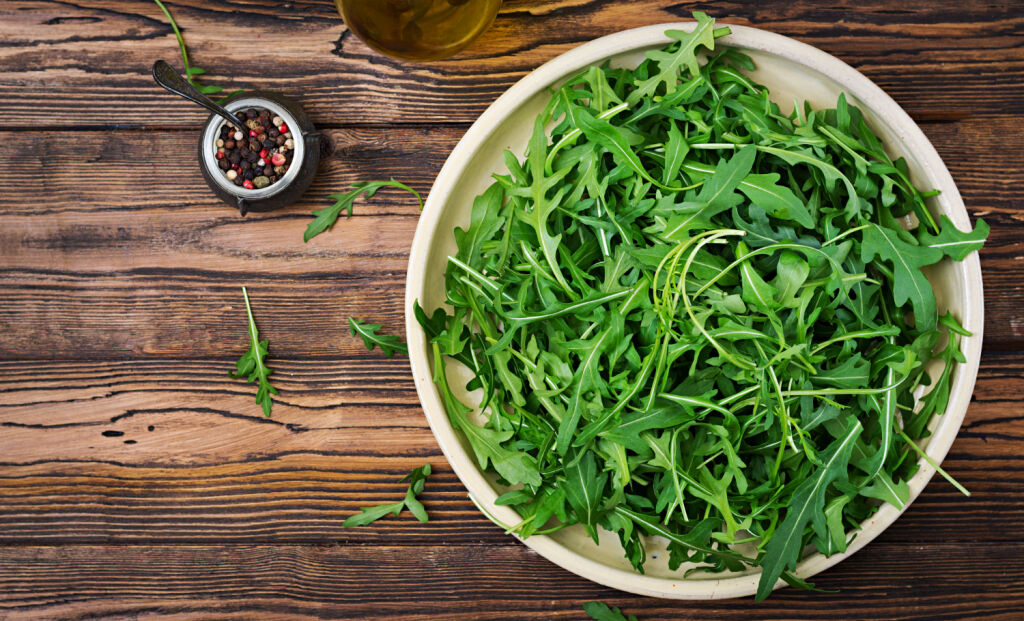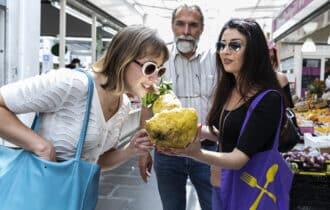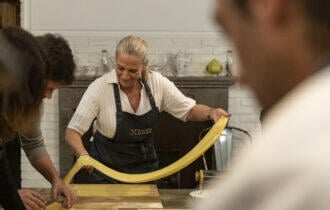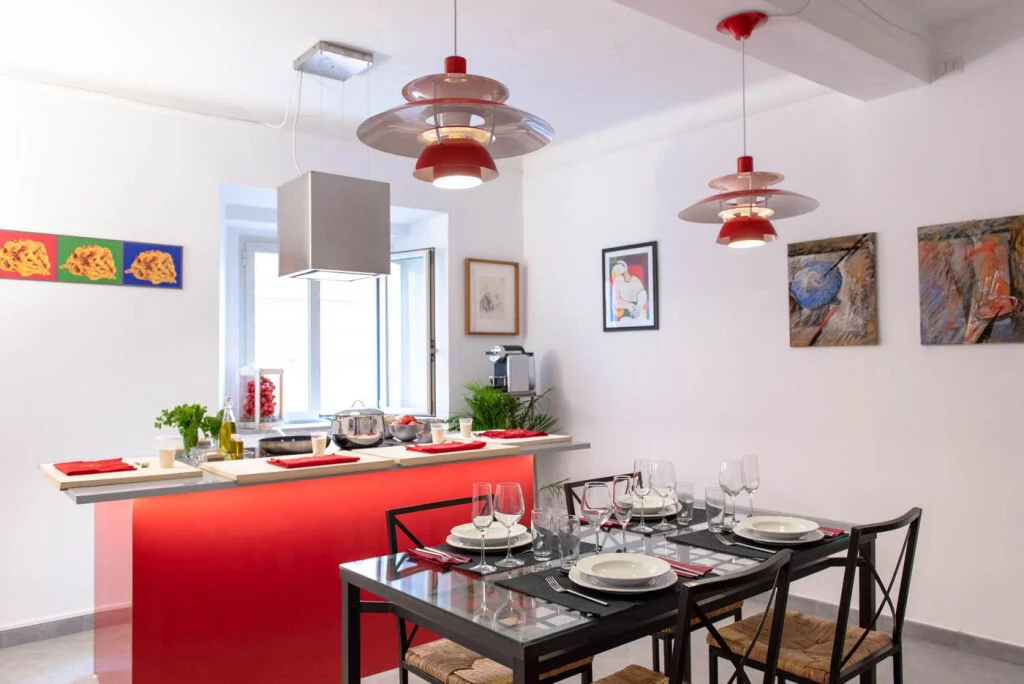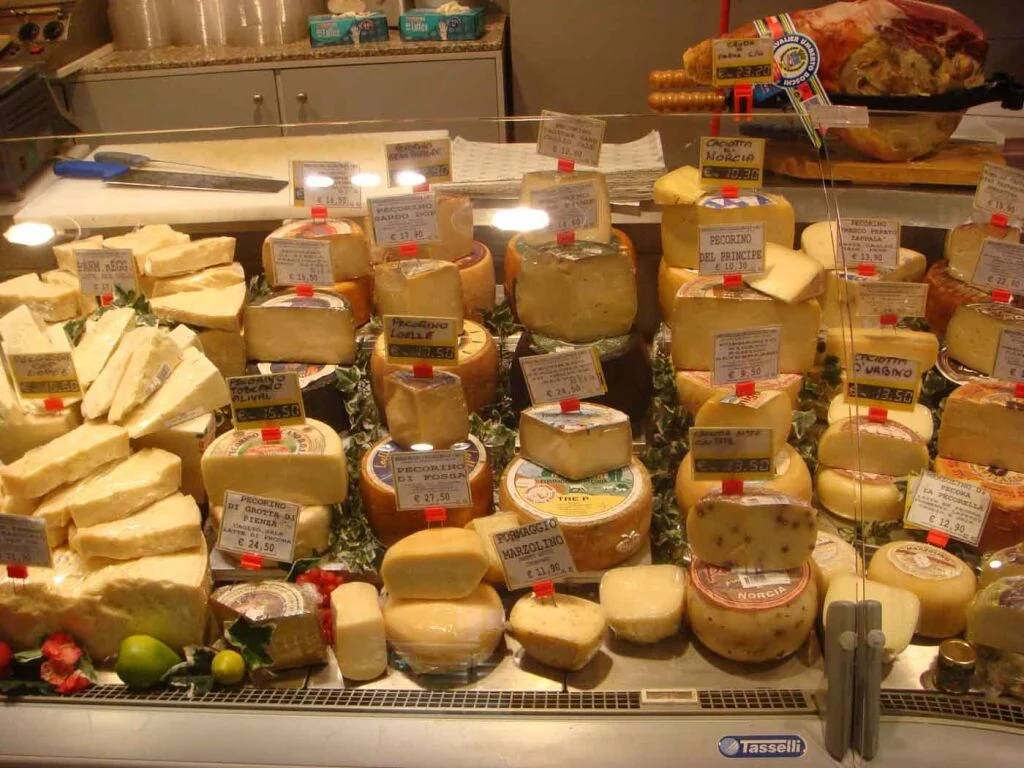Growing up in England, we are constantly told to “eat your greens.” But eating our greens is not made very easy for us. Overcooked, undersalted and watery cabbage was the order of the day when I was growing up in the 1970s. But here in Rome, eating your greens is an unexpected pleasure for locals and tourists, young and old alike. What would be dismissed as weeds in most English restaurants, in Rome is served in almost every trattoria without question. These seasonal greens are simply a normal part of the culinary tradition. What amazes me is that you will see children happily tucking into huge platefuls with no nagging from mum and dad.
Eating seasonally, there is always a new green to try: agretti, puntarelle and cicoria being some of my favourites. I had never heard of, let alone eaten, any of them before I came to Rome. If you’re a visitor, you’re probably here to try the pizza, gelato, carbonara, but be a little more adventurous and you’ll have a real Roman dining experience. You’ll eat something nutritious during your carb-filled trip and impress the waiter at the same time.
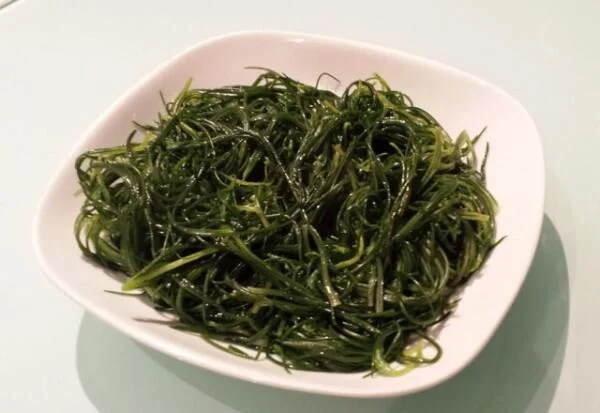
Agretti
Agretti is now in season (during spring) and is laid out in grassy handfuls on market stalls. I was introduced to agretti by my cookery teacher Sandra. We went to the market, picked up a large handful of what seemed like grass (it is) and headed back to her place for a simple lunch. Boiled for a few minutes in salted water then dressed with olive oil and lemon, it was a revelation. With its mineral flavour and tender yet chewy texture, it’s similar to seaweed. Also called barba di frate (monk’s beard – don’t let that put you off) it’s not native to the UK, and probably the closest green to it would be samphire. This is a Japanese name that translates as land seaweed, and agretti does indeed grow near the coast just outside Rome. So try some of the local grass on your trip and you won’t be sorry.

Puntarelle
You have to be introduced to all of these vegetables, otherwise you would never try them. Puntarelle is a case in point. The ever-adventurous Sam ordered it as a contorno (vegetable side dish) one evening and I was hooked. These tall green shoots are native to Lazio, the region that includes Rome, and are in season from November to early spring. The leaves are stripped and the tips soaked in iced water to make them pretty and curly. You can buy puntarelle already stripped in market stalls or prepare them yourself, but my advice would be to enjoy them at a restaurant instead!
Somewhat of an acquired taste, puntarelle is a mixture of the light-green shoots (think a mild version of celery – it’s a winter chicory) dressed with a paste of anchovy, garlic, vinegar or lemon, olive oil and salt. I know it doesn’t sound that appealing but trust me, it’s worth the initial skepticism. Fresh, crisp and with the contrasting dressing puntarelle is totally moorish. It makes a great starter or side dish to cut through the richness of your other courses. An American couple sitting next to me in a restaurant were so fascinated by my crunchy, curly greens, that they ordered some on the spot! The trouble is it’s a difficult one to both describe and recommend. You’ll either love it or hate it, but you will have eaten something truly Roman.

Cicoria
It is not spinach. It is not chicory. So what is it? Pretty much obligatory on most Roman menus, cicoria stumped me for a good two years until I found the solution. These dark, leafy greens are first boiled to remove some of the bitterness then fried (ripassata) in a delicious combination of oil, garlic and chili, if you want an extra kick to your greens. Savoury and bitter, twirled round a fork spaghetti style, cicoria is an antidote to rich pasta sauces. How can something so tasty be so good for you? Wolfed down by children and adults alike, it is served by almost every restaurant in Rome and yet in England we would dismiss it as a weed. It took Jamie Oliver to fill me in. One of his recipes had a translation into English: the famous cicoria is none other than dandelion leaves! Found pretty much year round in markets and restaurants, give it a try or forage for your own!
Want something a little less green? Check out our guide to the best food in Italy!

